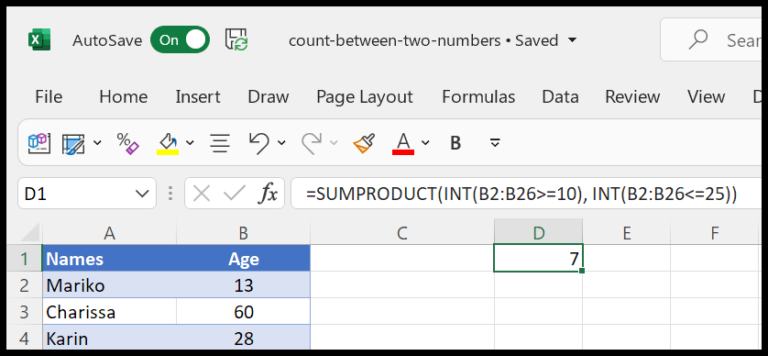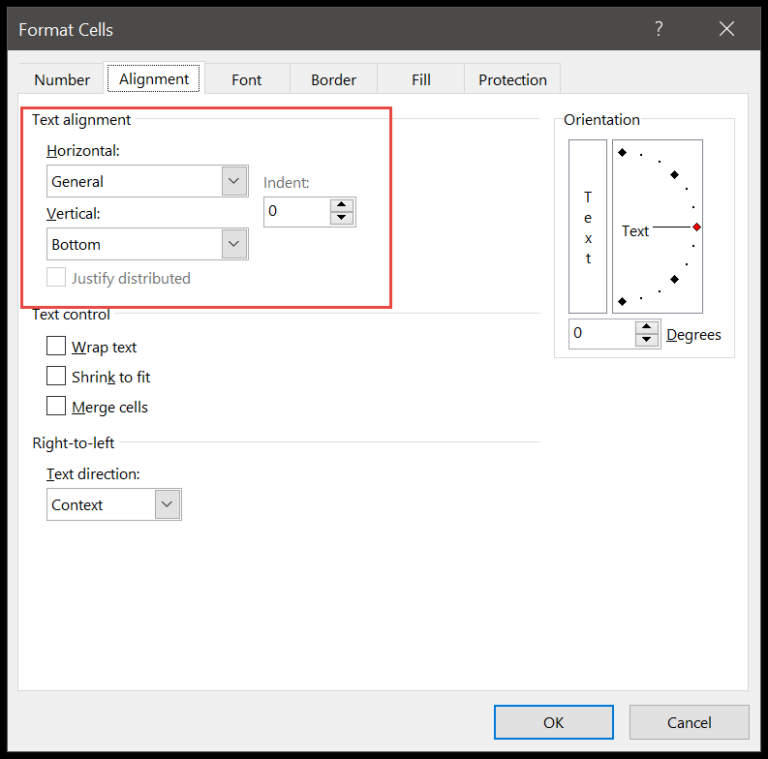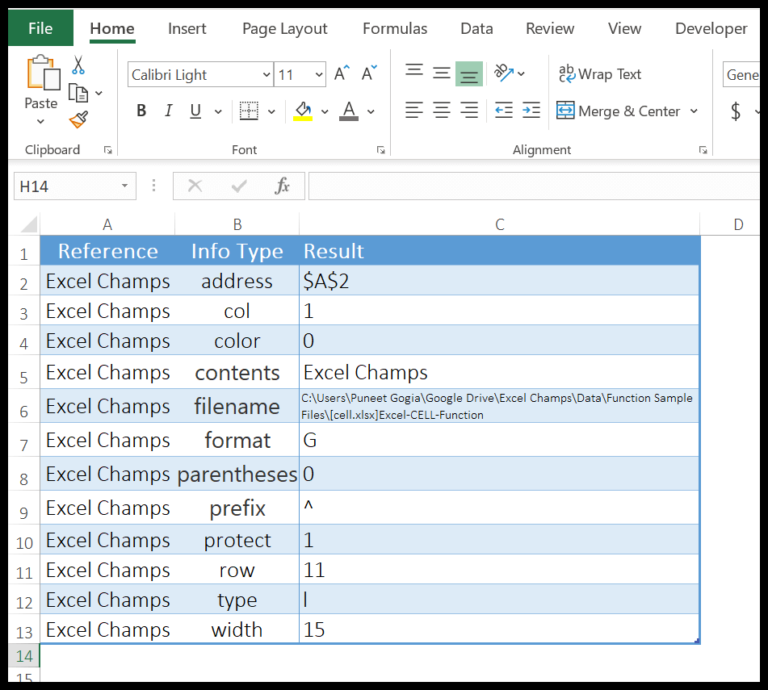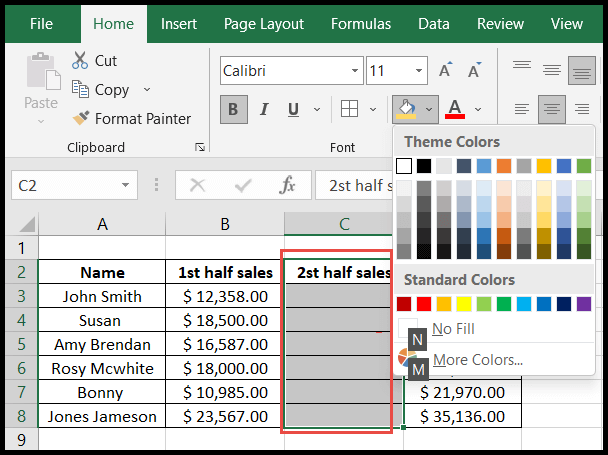Closing a sale is often considered the most critical aspect of the sales process. Sales professionals spend hours nurturing leads, understanding the needs of potential customers, and positioning their products or services as the ideal solutions. However, all of this effort hinges on the ability to seal the deal effectively. A successful close doesn’t just happen by chance; it’s the result of deliberate strategies and well-honed techniques that guide the customer to a confident decision.
They use a variety of techniques to ensure a positive end to a sales conversation. Some may employ the ‘Now or Never’ close, creating urgency by presenting a limited-time offer to encourage a decision. Others may adopt the ‘Puppy Dog’ close, which relies on the premise that once a customer experiences the value of the service or product, much like taking a puppy home, they’re likely to commit to it. Salespeople need to read the room, understand their customers’ hesitations, and respond with the appropriate closing strategy that complements the conversation and customer needs.
A proficient salesperson understands that closing is not just about the end of the sale but is woven throughout the interaction. Identifying buying signals, addressing objections, and summarizing the benefits are all part of guiding the customer gently towards the close. The objective is to make the purchase decision as natural and as comfortable as possible for the customer.
Understanding the Sales Process
When it comes to making a sale, one doesn’t simply pitch a product and hope for the best. It’s about guiding potential customers through a well-structured sales process. This journey typically begins with identifying what the customer needs and then progresses through vetting or qualifying leads effectively within the sales pipeline.
Identifying Customer Needs
In the sales cycle, understanding the needs of the customer is crucial. Sales professionals start by asking probing questions to uncover the problems or aspirations that the potential customer might have. These insights help them tailor the sales pitch to highlight how their product or service is the ideal solution.
- Listen actively: They pay close attention to what the prospect is saying to truly grasp their needs.
- Ask relevant questions: This helps in gaining deeper insights and assists in building rapport with the prospect.
Qualifying Leads
Not every prospect is a potential customer, and recognizing this early saves time and resources. Qualifying leads involves a thorough evaluation against the ideal customer profile to determine if there’s a good fit.
- Sales Pipeline Stages: Prospects are sorted through stages of the sales pipeline, such as initial contact, needs assessment, proposal, etc.
- Criteria for Lead Qualification: They may consider factors such as budget, authority, need, and timeline, often abbreviated as BANT.
By filtering prospects appropriately, businesses can focus their efforts on individuals who are most likely to convert, optimizing the sales cycle’s efficiency and effectiveness.
Establishing Trust and Rapport
When closing a sale, the foundation lies in a salesperson’s ability to foster trust and rapport. It’s essential for customers to view their relationship with the salesperson as beneficial and collaborative.
Consultative Selling Approach
In the consultative selling approach, salespeople act more like advisors than traditional sellers. They ask questions to better understand their customers’ needs and provide tailored solutions. This method positions the salesperson as a resource rather than just a pitch person.
- Identify Needs: Through active listening, the salesperson discerns the customer’s specific situation and problems.
- Tailored Solutions: Solutions are not one-size-fits-all but are customized based on the customer’s unique challenges.
- Expert Advice: The salesperson offers insights and recommendations, leveraging their expertise in the field.
By demonstrating that they have the customer’s best interests at heart, trust naturally develops, paving the way for a successful sale.
Building Relationships
The art of building relationships in sales hinges on genuine connections and collaborative tools that keep the dialogue open and transparent.
- Personal Connections: Finding common ground personalizes interactions, making customers feel understood beyond their role as buyers.
- Transparency: Utilizing collaborative tools ensures that all communication and information are clear and accessible to the customer.
A salesperson who prioritizes the relationship creates an environment where trust thrives, and customers feel valued, fostering loyalty and repeat business.
Presentation and Pitching
A successful sales pitch is not just about delivering information; it’s about crafting a narrative that demonstrates value. In this process, both the features and benefits of the product are showcased, and objections are intelligently handled to convince the decision-maker.
Highlighting Features and Benefits
When they present a product or service, they always aim to emphasize not just the features, but how these features translate into benefits for the customer. A feature is a factual statement about the product, like “This laptop has a 1TB SSD.” The benefit is what this feature means for the user, such as “The large SSD ensures your applications run lightning-fast and you can store extensive multimedia libraries without worry.” It’s all about aligning the product’s capabilities with the customer’s needs to gain a competitive advantage. For clarity, they might use a table:
| Feature | Benefit |
|---|---|
| 1TB SSD | Faster application run-time, vast storage space |
| 24/7 Customer Support | Peace of mind with round-the-clock assistance |
| Lightweight Design | Easy to carry, reducing physical strain |
Handling Objections
When a potential customer raises objections, they see this as an opportunity to clarify and educate, not just a hurdle to overcome. Each objection is carefully listened to and addressed with a relevant feature or benefit that counters the concern. For example, if a decision-maker is worried about the cost, they might explain how the durability of the product reduces the long-term costs of ownership. The key is to remain empathetic and to assure the customer that their satisfaction and success are a top priority. They ensure to:
- Listen actively to understand the objection.
- Respond with specific, tailored information.
- Confirm if the response has adequately addressed the concern.
By the end of the pitch, they aim to have systematically deconstructed each objection, making it clear why their solution is the best option available.
Closing Techniques
When it comes to sealing the deal in sales, employing the right closing technique can make all the difference. Here’s a look at some strategic approaches that can enhance your sales closing game.
Assumptive Close
The assumptive close is grounded in the salesperson’s confidence both in the value of the product and the supposed readiness of the customer to make the purchase. It’s a forward-stepping strategy where the salesperson talks as if the customer has already decided to buy. Essential to this technique is the subtle presentation of questions or options that imply the sale is imminent, such as discussing payment plans or delivery options.
Summary Close
With the summary close, the sales agent re-emphasizes the key points of their offer, summarizing the main benefits and value the product holds for the prospect. By concisely recapping the discussion, the customer is reminded of why the purchase makes sense for them, which helps in nudging them toward a positive decision. This approach plays well with customers that need confirmation of the proposal’s value before committing.
Now or Never Close
This technique introduces urgency to the sales conversation, making use of a limited-time offer to compel the customer to act quickly. It can be seen as leveraging a form of pressure, but when done right, it addresses the prospect’s fear of missing out (FOMO) on a good deal. Whether it’s a special discount or an add-on, the offer needs to provoke action, making it clear that delaying could result in missing out.
Creating Urgency and Scarcity
In sales, they find that creating a sense of urgency and scarcity can significantly nudge customers toward making a purchase. Here’s how a salesperson can leverage those tactics effectively.
Limited-Time Offers
A limited-time offer is a powerful tool in any salesperson’s arsenal. By setting a deadline on an offer, they can compel the prospect to act swiftly to take advantage of a deal. For example:
- Flash Sales: Announcing a flash sale for a brief period creates a rush to buy before the deal disappears.
- Countdown Timers: Positioning countdown timers on product pages can visually remind shoppers that time is ticking.
Example: A “24-hour-only” discount on a popular product line can create a sense of urgency that motivates immediate action.
Exclusive Discounts
Offering exclusive discounts creates a feeling of scarcity and privilege, making customers feel they’re part of a select group. Here are two ways to execute this:
- Email Campaigns: Sending a special offer to a segmented email list can personalize the approach.
- Member-Only Deals: Providing special pricing for loyalty program members can drive conversions and create a VIP experience.
Example: An “Early Access Sale” offers a 15% discount to a customer segment, instilling a sense of urgency to buy before the sale is available to the general public.
Negotiation and Discount Strategies
In sales, the right negotiation and discount strategies can be key to both closing a deal and maximizing revenue without undercutting profits.
When to Offer Discounts
One might consider offering discounts during a sales negotiation to close a deal, especially when it’s clear that the prospect is price-sensitive and the discount can make the difference. However, timing is crucial. It’s often best to hold off on offering a discount until late in the negotiation process, after the value of the product or service has been fully presented. Here’s a strategic approach:
- First, establish the product’s full value: Ensure the customer understands the benefits and ROI they’re getting.
- Identify budget constraints: If they can’t afford your pricing, consider if a discount would make it attainable for them.
- Limited-time offers: Creating urgency with a time-sensitive discount can incentivize a client to close quickly.
Maximizing Revenue
While discounts can help close a deal, they should be used judiciously to protect margins and revenue. Always calculate the impact of any proposed discount on the overall profitability of the deal. Consider these tactics:
- Volume Discounts: Offer lower prices for higher quantities, leading customers to purchase more.
- Bundling Products or Services: Package together multiple offerings at a reduced total cost to encourage larger sales.
- Tiered Pricing: Provide options with varying levels of value and price points to meet diverse customer needs and budgets.
By carefully structuring discounts and understanding the customer’s budget, one can maintain profitability while still providing attractive pricing options.
After the Close
Once the sale is closed, it’s crucial to maintain the momentum and build on the relationship you’ve established with the customer. The after-sale phase sets the foundation for potential repeat business and referrals.
Follow-Up Strategies
Generally, sales professionals need a robust follow-up strategy to ensure customer satisfaction and encourage repeat business. They might start with a thank you email to express gratitude for the customer’s business, but it shouldn’t stop there. They’ll schedule further check-ins to see how the product or service is performing, which can help to identify any opportunities for additional sales or support.
- Immediate Follow-Up: Send a thank-you note within 24 hours of closing the sale.
- Scheduled Check-Ins: Arrange calls or meetings at regular intervals (30, 60, 90 days)
- Feedback Requests: Encourage the buyer to provide feedback, which can be vital for product improvement and customer satisfaction.
- Exclusive Offers: Provide the customer with periodic exclusive deals or insights as a bonus for their loyalty.
Leveraging Social Proof
Salespeople understand that social proof is a powerful tool in their ongoing sales strategy. They can ask satisfied customers for testimonials or case studies, which often serve as persuasive social proof for potential clients. By showcasing real results and happy customers, they bolster their credibility and the value of their offering.
- Testimonials: Request brief, compelling statements from satisfied customers.
- Case Studies: Develop in-depth stories showing how your product or service solved a particular problem.
- Reviews: Encourage customers to leave positive reviews on relevant platforms.
Using a casual tone and a customer-oriented approach can help turn one-time buyers into loyal advocates for your brand.
Overcoming Challenges in Closing
When salespeople face tough prospects or their closing attempts are rebuffed, they need focused strategies to navigate these difficulties.
Dealing with Difficult Prospects
Difficult prospects often come with a unique set of objections that can stem from their specific pain points or hesitations. Salespeople should listen actively, demonstrating a genuine understanding of these concerns. Addressing these objections head-on, they should work to build trust, emphasizing how the product solves those specific pain points.
One effective method is to create a tailored value proposition that speaks directly to the prospect’s needs. If a prospect is resistant, it could be due to a lack of information or a misconception. They should clarify benefits and offer concrete data that aligns with what the decision makers value.
Recovering from Rejected Closes
When a close is rejected, it’s not the end of the road. Salespeople can use this as an opportunity to re-evaluate and refine their approach. They should revisit the conversation to understand the reasons behind the rejection, often asking direct, open-ended questions to uncover deeper objections.
An essential step is to maintain a positive attitude and not take the rejection personally. This positions the salesperson to reassess their close strategy and potentially re-engage the prospect after addressing their concerns. They might consider alternative closing techniques that better cater to the specific prospect’s decision-making process.
Tools and Resources for Effective Sales Closing
To master the art of closing sales, sales professionals rely on a variety of tools and resources that facilitate a smoother transaction. These tools not only help in identifying customer needs but also in employing a consultative approach to ensure the potential customers feel valued and understood.
Utilizing Collaborative Tools
In today’s interconnected world, collaborative tools are indispensable in B2B selling. They enable teams to engage in discovery calls, maintain lead qualification, and share information instantaneously. For example, CRM software helps track interactions with potential clients and manage follow-ups, ensuring that no opportunity slips through the cracks. Commonly used collaborative resources include:
- Video conferencing platforms: They provide a personal touch when face-to-face meetings are not possible.
- Cloud-based document sharing: This allows for real-time proposal edits and cost adjustments to meet customer needs quickly.
Incorporating screen sharing tools during virtual meetings can showcase product features or present a clear call-to-action. These resources help representatives to demonstrate tangible results and close deals by aligning their solutions with the identified needs of their leads.
Cultivating a Sales Mindset
Closing sales is as much about tools as it is about mindset. Salespeople with a consultative approach see themselves as advisors. They listen to their prospects, understand their emotional triggers, and prioritize their needs. This empathetic stance often leads to better satisfaction and repeat business. Key practices include:
- Active listening exercises: These improve understanding of the emotional and practical needs of a client.
- Role-playing scenarios: Sales teams can practice different closing tactics, such as assuming the sale or presenting a conditional close, that offer free shipping or a trial period.
Regular training resources and motivational content help foster an environment where sales teams stay informed and inspired. Remember, the right mindset encourages natural, engaging interactions that can lead to more effective closing of sales.
Frequently Asked Questions
Closing a sale is both an art and a science, with various techniques tailored to different situations. The right tactic can make all the difference in sealing the deal.
What are some effective sales closing techniques?
Salespeople often use the Assumptive Close, where they talk as if the deal is already certain. Others create urgency with the Now or Never Close, offering limited-time deals to incentivize quick decisions.
What phrases work best when you’re trying to close a sale?
Language that reinforces the value proposition and aligns with the customer’s needs works well. Phrases like “Based on what you said your needs are, our product will provide the solution you’re looking for,” can be effective.
Can you give me examples of successful closing strategies in retail sales?
In retail, the Puppy Dog Close can be successful where customers take the product home on a trial basis, increasing the likelihood of purchase after becoming attached to it. Discounts for immediate purchases also work well.
In a sales interview, how should you describe your approach to closing?
One might describe a consistent follow-up strategy, noting statistics such as needing five follow-ups to close a sale effectively, as persistence often differentiates successful salespeople from the rest.
What’s the quickest method to seal a deal in sales?
The quickest method may be the Direct Close, where one asks for the sale outright after confirming the buyer’s needs and interests have been met. It’s straightforward and saves time for both parties.
What are the essential rules to follow when you’re finalizing a sale?
Salespeople should ensure clear communication of the value proposition, have a precise understanding of the buyer’s needs and objections, and maintain professionalism by presenting contracts and proposals promptly and clearly.



